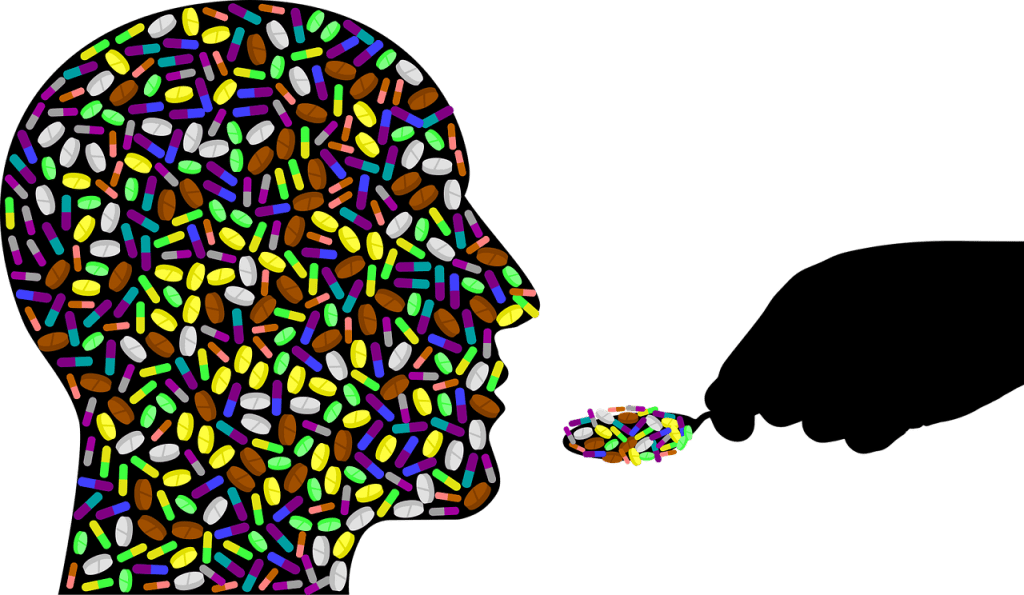Drug epidemic addressed by President Obama
2 min read
Pixabay
By ANDREW ARENAS
President Obama upped his efforts to confront what has now become a national epidemic of heroin and prescription drug abuse on March 29. At the National Rx Drug Abuse and Heroin Summit in Atlanta, Obama met with individuals in recovery, family members, medical and law enforcement officials to further escalate the fight against this drug abuse. Obama’s involvement in the summit was to tackle a problem that many of his critics say he left out over the course of his presidency.
The Obama administration announced several of its steps to further expand drug treatment centers and increase the use of naloxone, a drug that can reverse the effects of overdoses of opioids. These centers are also useful to combat illegal narcotics like heroin and brand-name drugs such as OxyContin and Percocet. These steps are constructed on the $1.1 billion in additional funding that the White House requested last year to help fight pain killers and heroin abuse.
President Obama has stated the issue of painkiller and heroin abuse is “grossly under resourced.” Over the course of his second term several media outlets have pressed Obama about this particular issue.
Crystal Oertle, a 35-year-old mother explained how she advanced from the recreational use of painkiller Vicodin to OxyContin and then, heroin. Oertle said concerning Vicodin and OxyContin “they are all pretty much like heroin.”
Panelist Justin Riley said he began experimenting with different kinds of painkillers in third grade to compensate the feeling of emotional emptiness. He talked about how he would use Benadryl in order to sleep through the night. Riley has been in recovery since 2007 and runs an organization that helps young people combat addiction nationwide.
Obama had told the panel that treating addiction had been obstructed because the public has viewed the use of opioid as a character flaw, common to those in minority communities. This has changed because the use of opioid has spread more widely.
The federal government had published in March the very first national guidelines specifically for prescription painkillers, require new warning labels for opioid painkillers, and request an additional $1.1 billion to expand treatment facilities.
The White House press secretary Josh Earnest denies that the administration waited too long to address the crisis. He notes that the Affordable Care Act provides funding for expanded treatment of mental health problems, which is a key cause of drug abuse. Earnest also stated that the president turned his focus from purely law enforcement to medical treatment instead.
In 2014 opioids were part of the deaths of 28,648 people in the United States, a record number according to the C.D.C., while Percocet, Vicodin and OxyContin bring in approximately $2 billion in sales.
A problem that the Obama Administration has faced in combating the drugs is that the epidemic was brought by indiscriminate prescriptions from doctors. Vermont, Maine and Massachusetts have limited the ability of doctors prescribing these types of drugs. Doctor and patient groups have resisted the federal and state efforts to make a difference.


